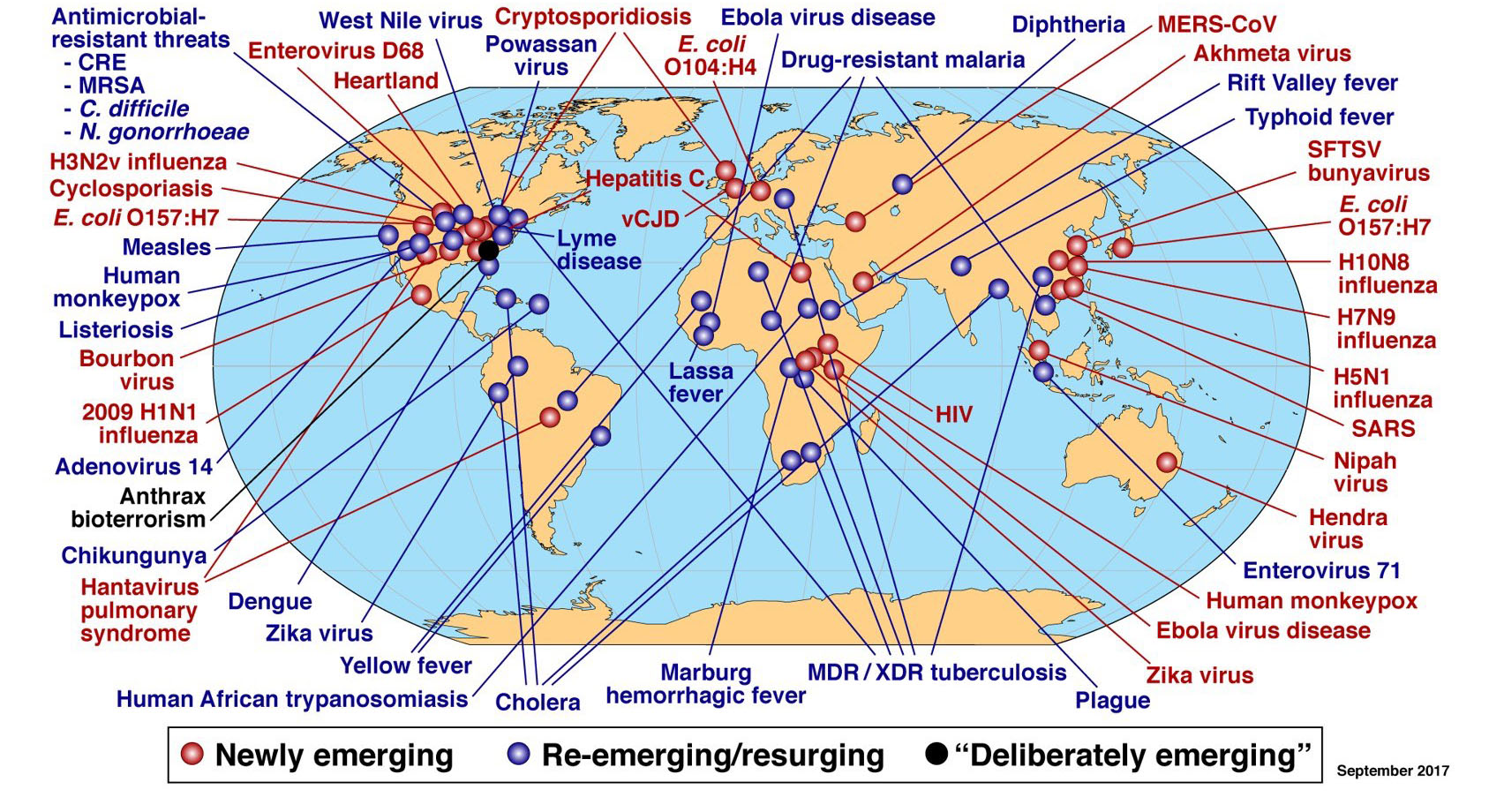A New Approach to Lyme Disease

Today, July 6, is World Zoonosis Day. Many Americans have no idea what zoonoses are, but chances are growing that they will be affected by one.
The following is an excerpt from Dr. Tom Monath, is a former division director at the CDC, where he had responsibility for Lyme disease, and chief of virology at USAMRIID, Fort Detrick. He has devoted his career to the investigation and control of zoonotic diseases. He has spent 30 years in the biotechnology industry developing vaccines against emerging diseases, including West Nile, smallpox, dengue and Ebola. He is a co-founder of the One Health Initiative and is also a board member of US Biologic, a company developing oral vaccines for wildlife and SAMS coalition member.
Look out your window: there is a world full of danger, though the cause of that danger is mostly unseen. A myriad host of wild animals, ticks and insects can infect you and your family members, causing diseases like Lyme disease, West Nile, and the bubonic plague (yes, we still have plague in the U.S.).
Most Americans are not aware than 75 percent of all emerging and re-emerging infectious diseases are ‘zoonoses’—illnesses that can pass from animals to people, according to The Centers for Disease Control and Prevention (CDC). According to the World Bank, these diseases kill over two-million people a year, every year. That’s over 5,400 people a day, 225 people an hour, four people a minute.
Occasionally a disease that spills over from animals to humans can then be spread directly from human to human, causing pandemics like avian influenza, Ebola and COVID-19.
In the U.S., the most prevalent disease acquired from wild animals is Lyme disease, caused by a bacteria spread by ticks. Lyme disease can be a long-term, debilitating affliction that the CDC estimates affects over 475,000 people a year, causing potentially billions in health care costs, lost wages, and other economic damage. One recent global study concluded that as many as one in seven of the global population has been infected by Lyme disease at some point in their lives. Over a billion people, globally.

Image Source: NIAIDS 2017
75% of emerging infectious diseases start in animals, which cause 2.7M human deaths each year.
While animal-borne diseases as common as Lyme disease are a source of constant threat that can cause pandemic-level disease outbreaks – the nation is still not prepared to respond to them in a coordinated approach. Too many are dying needlessly because of the twin problems of lack of preparation and coordination.
Zoonoses should be addressed from an “all of science” approach: “One Health.” This approach is based on cooperative efforts of veterinary, medical, microbiological and ecological scientists, industry, and governments to address and prepare for disease emergences.
For Lyme disease, private institutions and public agencies distribute educational materials to warn people about ticks and encourage the use of personal protective measures such as proper outdoor clothing, tick checks and repellants. Private companies and the CDC are developing diagnostics and treatments, and a human vaccine is in development.
A newer approach could address the disease at the source of infection by vaccinating the wild animal reservoir of Lyme disease. Vaccine-covered pellets are distributed and consumed by small mammals like field mice that harbor Lyme, thus preventing spread of the Lyme bacteria to ticks and, ultimately, to humans. Oral bait vaccines have been used for the control of rabies and bubonic plague in wild animals and are under development for other zoonotic diseases. Application to Lyme disease could have huge benefits to human health.
Wildlife vaccination would be part of a comprehensive large-scale, coordinated effort across public-private partners to address each layer of disease prevention, aimed at reducing the burden of Lyme disease in the U.S.
One Health solutions can address the global threat of zoonotic disease with the help of policymakers to streamline the regulatory pathway to allow faster implementation of new technologies, as well as expanding U.S.-based manufacturing capabilities so that the solutions can be quickly scaled to meet the challenges of future pandemics.